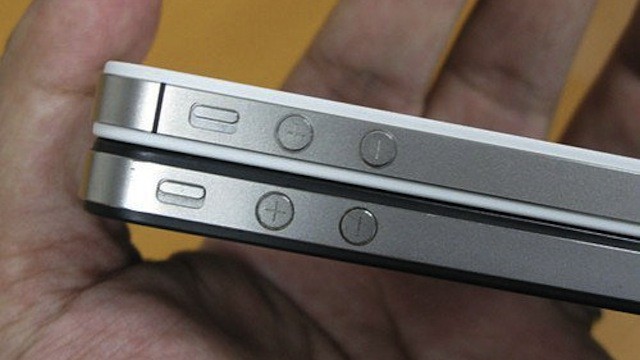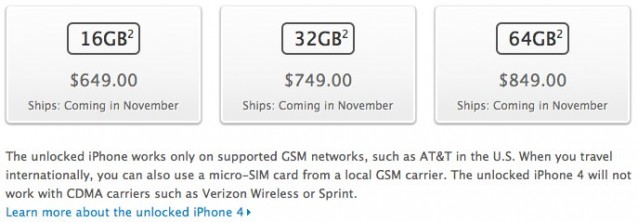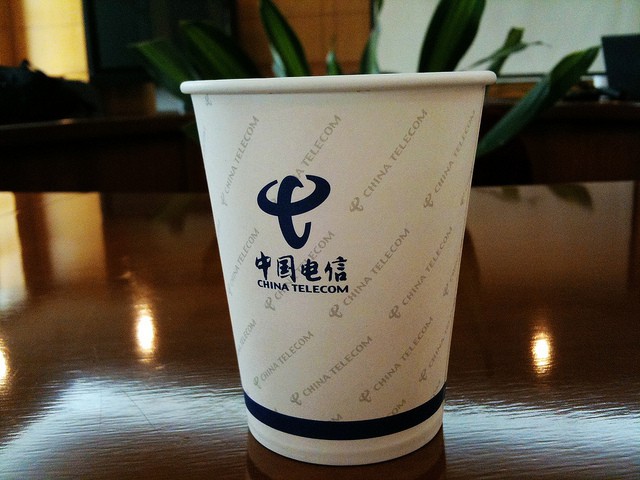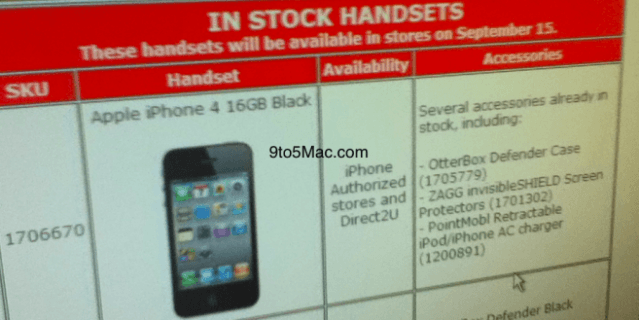Apple customers looking to upgrade to the iPhone X or iPhone 8 and iPhone 8 Plus might want to think twice if they’re planning to use it on T-Mobile.
Despite packing some of the most innovative technology for a smartphone, all three new devices won’t be able to support T-Mobile’s upcoming LTE network that operates at the 600MHz frequency.
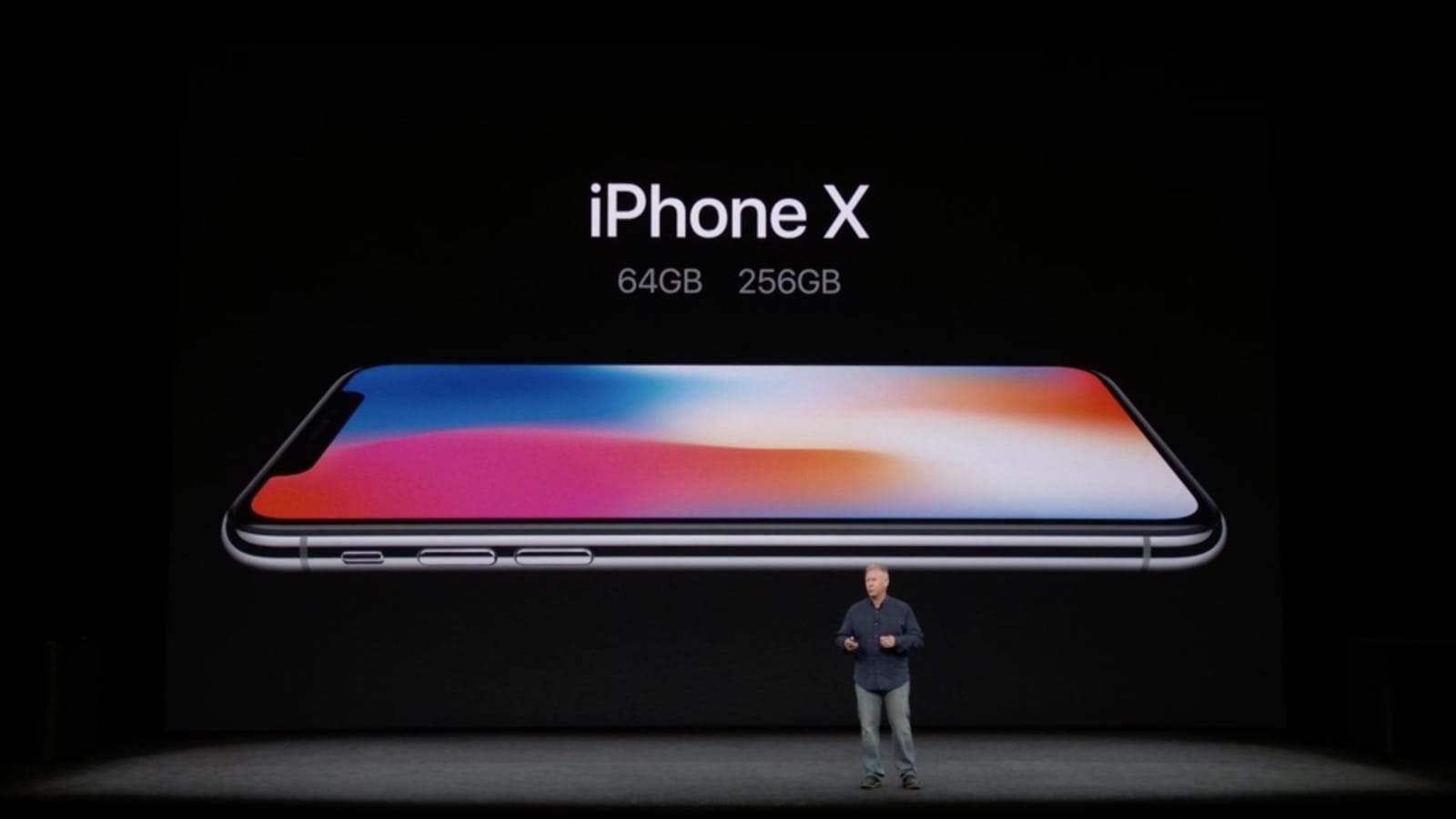
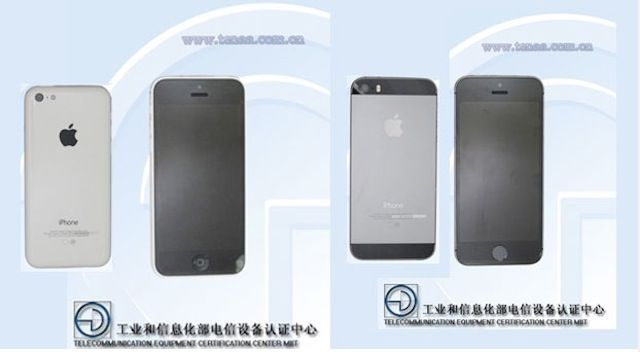
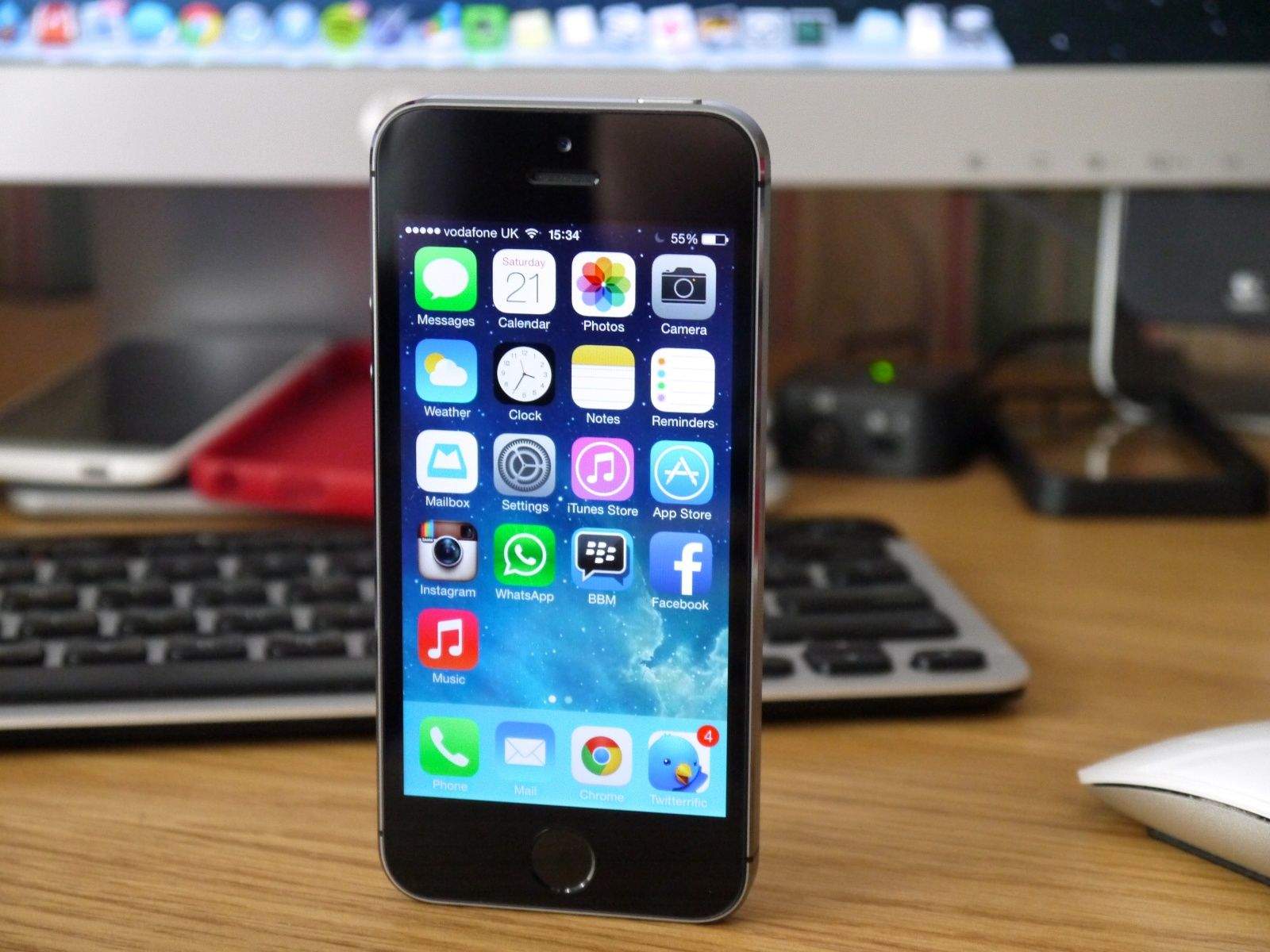
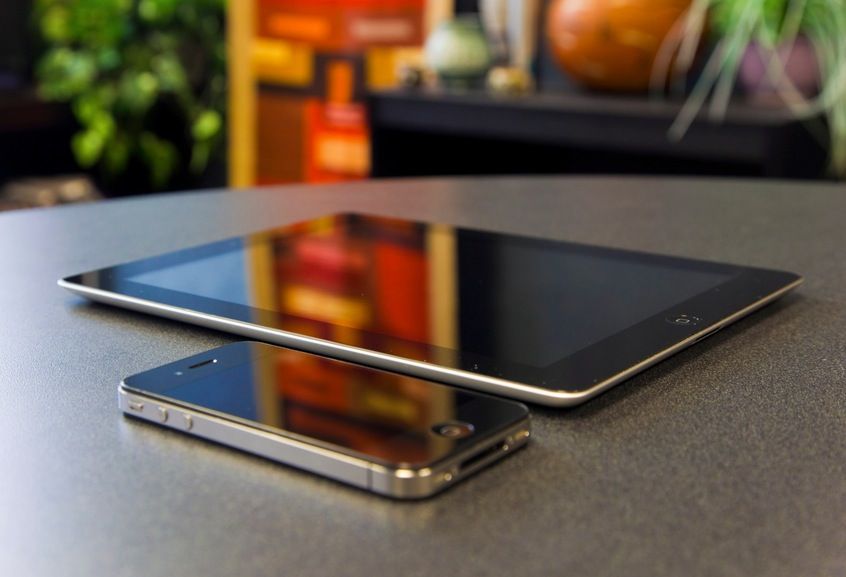
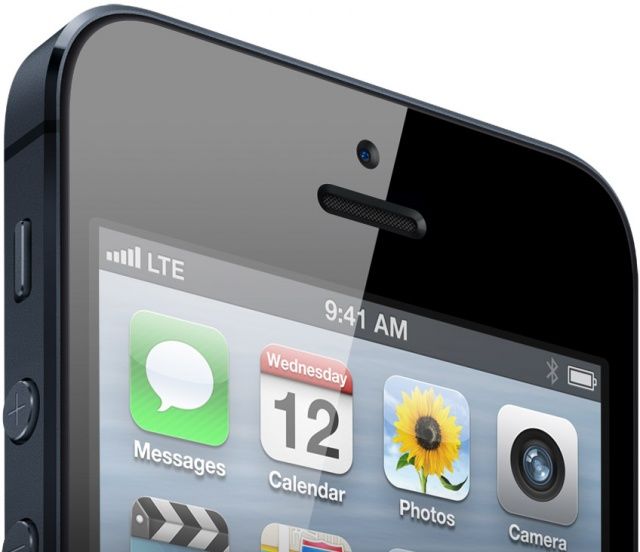
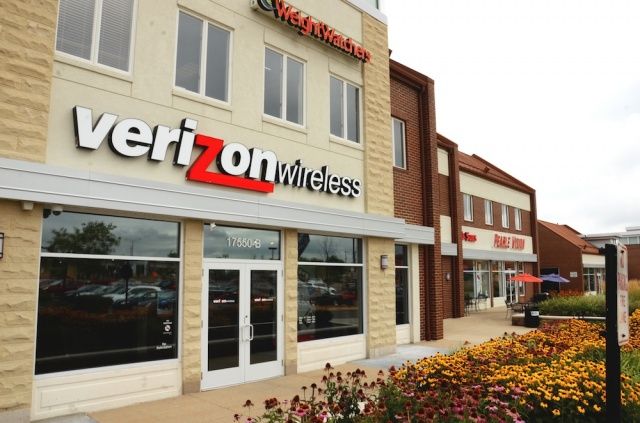

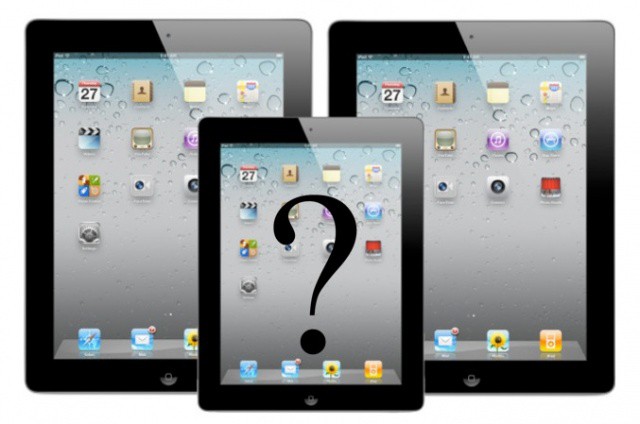
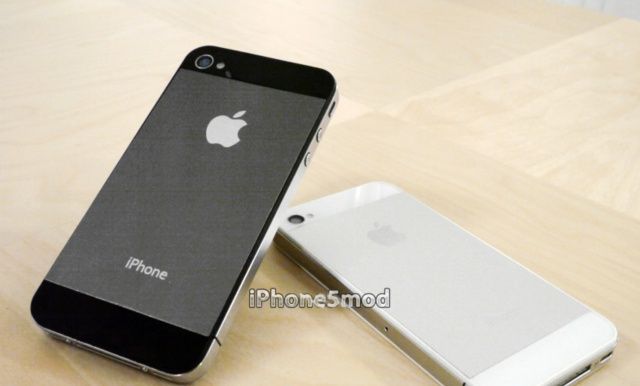
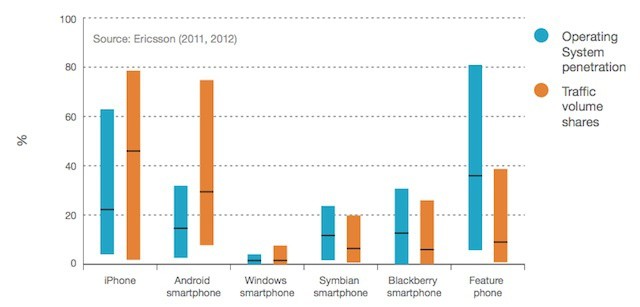
![America Gets Its 5th And 6th iPhone Carriers, But They’re Still Not T-Mobile [Updated] nTelos will be the second regional iPhone carrier in the U.S.](https://www.cultofmac.com/wp-content/uploads/2012/04/Screen-Shot-2012-04-04-at-11.36.23-AM.jpeg)
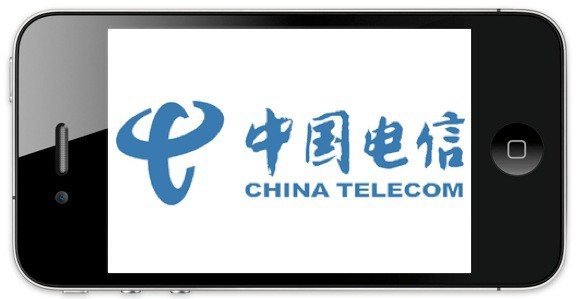
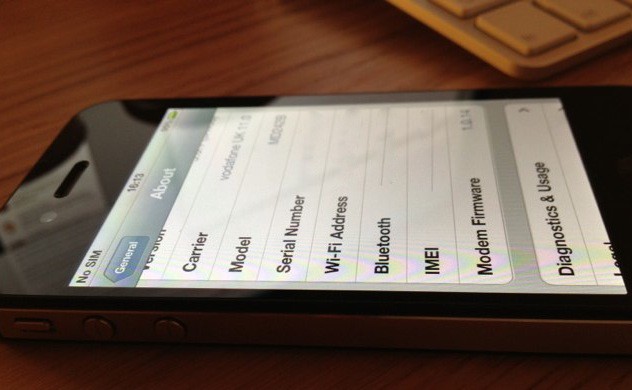
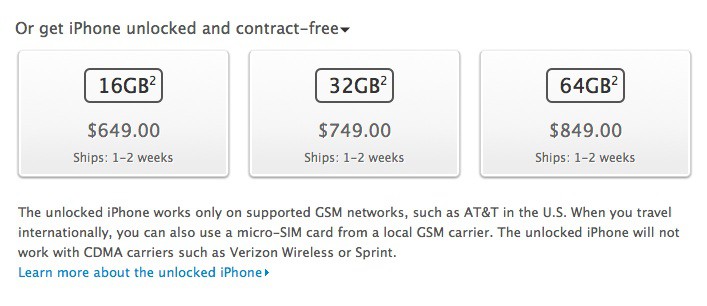
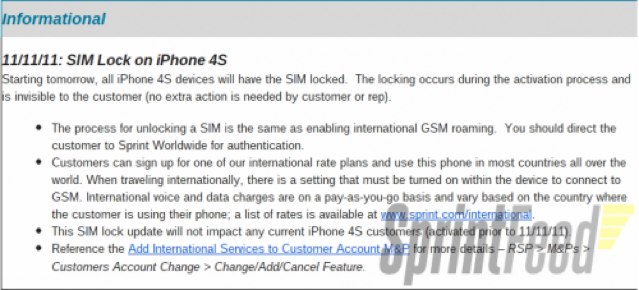
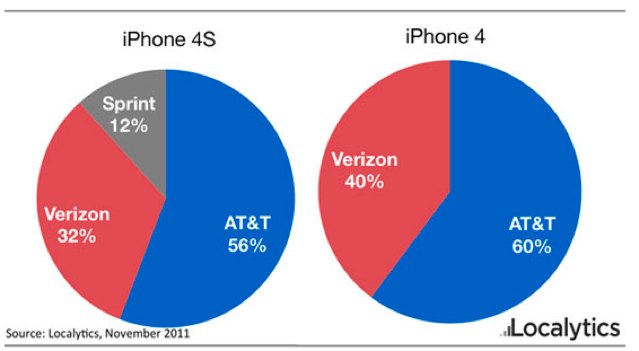

![Sprint’s iPhone 4S Will Be Unlocked, And So Will Verizon’s After 60 Days [Update: Too Good To Be True] iPhone 4S](https://www.cultofmac.com/wp-content/uploads/2011/10/Camera.jpg)
